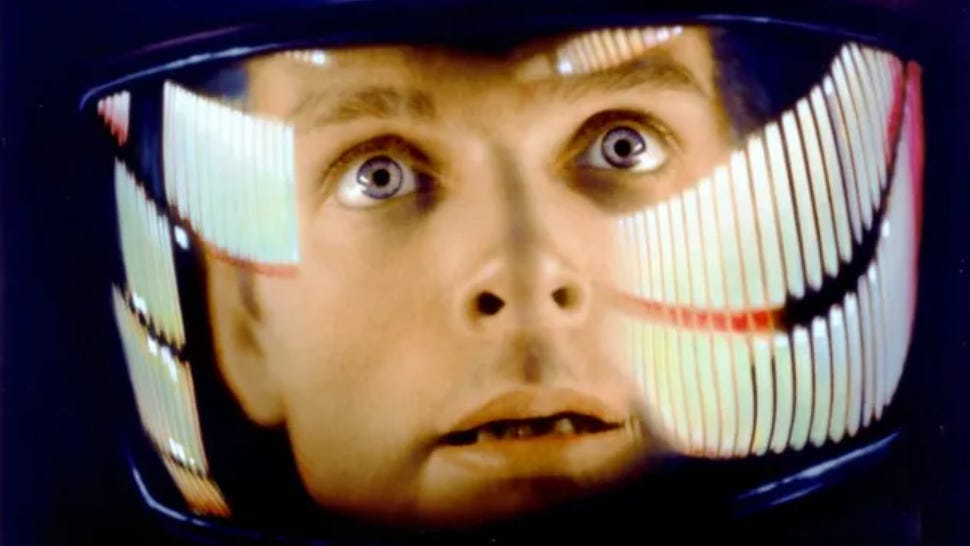Using human observation, experimentation and creativity to develop tools and shortcuts is not new.
What is new is the massive leap from digital storage of data and programming to machine intelligence and learning, massive datasets, and the ability to use these to communicate through language. This allows lawyers and physicians, and other professionals – and the rest of us – to have immediate access to information that can be organized, summarized, turned into presentation slides, or turned into essays.
Ministers can ask for sermons. Teachers can ask for lecture notes. Images and sounds can now be mined and created from this database of human knowledge. This allows all sorts of the mischief humans always manage to produce.
The new, increasingly digital world is built on a foundation, walls, and roof of zeros and ones, lit up by electric current – billions upon billions of on-off switches. It’s reminiscent of that imagined in, well, Aldous Huxley’s “Brave New World,” or Stanley Kubrick’s “2001: A Space Odyssey.”
On the other hand, analog intelligence – human intelligence – is about more than raw calculation. It’s organic, weaving together memory, emotion, instinct, and context. Digital intelligence doesn’t do that. It cannot feel, regret, improvise, or care – although it is already trying to fake it.
Read more | THE TENNESSEAN

